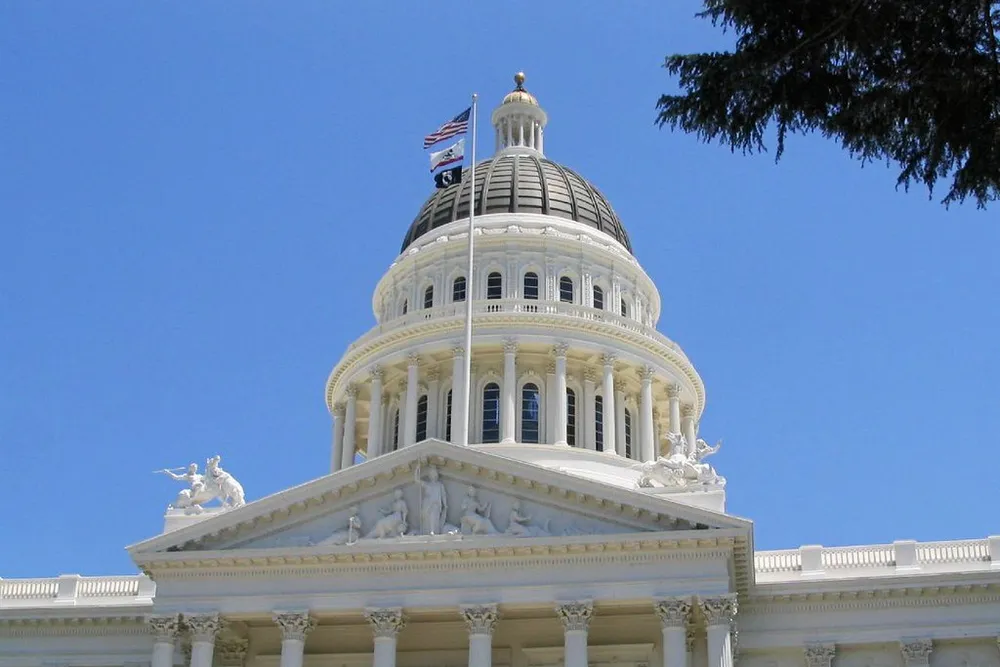California bucks Trump to stay course on floating wind
Golden State approved first payment to ramp coastal infrastructure after administration stripped its federal grants

California affirmed its commitment to floating wind development with a major injection of funds to expand necessary port infrastructure.
California lawmakers approved some $228m in port funds last week, the first installment of a $475m investment greenlighted by voters last year to upgrade coastal facilities in anticipation of major development.
“Despite the unfortunate federal headwinds this year, California is staying the course on its commitment to offshore wind,” said industry advocacy group Offshore Wind California.
Floating goals
The Golden State is at the fore of US floating wind, targeting 25GW by 2045 to feed its growing power demand and meet its climate ambitions.
“While the federal government is attacking needed energy and infrastructure projects, California’s leadership is driving the market forward, delivering significant economic support that will result in local port investment and create new jobs,” said Nancy Kirshner-Rodriguez, senior director of policy and outreach at industry group Oceantic Network.
Under former President Joe Biden, the federal Bureau of Ocean Energy Management (BOEM) sold five leases in the Morro Bay and Humboldt wind energy areas (WEAs) off California’s central and northern coasts holding some 7GW of capacity.
Wind resources off California are exceptionally robust, averaging over 10 metres per second in Humboldt alone, but development will face significant hurdles, including extreme water depths of more than 1,000 metres, far deeper than existing arrays.
A lack of port infrastructure is another hurdle, and despite the 840-mile (1,350-km) coastline, the state lacks deepwater industrial ports capable of meeting industry requirements.
Initial port funds will be allocated to the California Energy Commission (CEC) to drive upgrades. CEC oversees energy development in the state.
Funding pull
Humboldt Bay had been tipped to serve the two leases off Northern California, with plans ongoing before President Donald Trump’s administration pulled its funding.
The withdrawal of funds was part of a larger effort by the Department of Transportation (DoT) to claw back grants from “fantasy wind” port projects, according to secretary Sean Duffy.
In August, DoT withdrew nearly $700m in grants given by Biden to upgrade coastal infrastructure on all three US coastlines, including in California.
“Wasteful, wind projects are using resources that could otherwise go towards revitalising America’s maritime industry,” said Duffy.
“Thanks to President Trump, we are prioritising real infrastructure improvements over fantasy wind projects that cost much and offer little,” Duffy added.
Chris Mikkelsen, executive director of the Humboldt Bay, said the port has “every intention of continuing the project.”
Duffy’s actions further Trump’s war on wind and solar in general, especially offshore wind. The President started his second term with an Inauguration Day memorandum that froze sector permitting and leasing while putting existing projects under review with a goal of termination.
The memorandum has effectively stopped development of most of the 19GW approved under Biden, including Orsted’s 704MW Revolution Wind array already 80% in the water.
Trump’s actions are hitting projects on the US East Coast hard, but West Coast development is not expected until the middle of next decade, with the industry hoping for a friendlier future administration.
(Copyright)